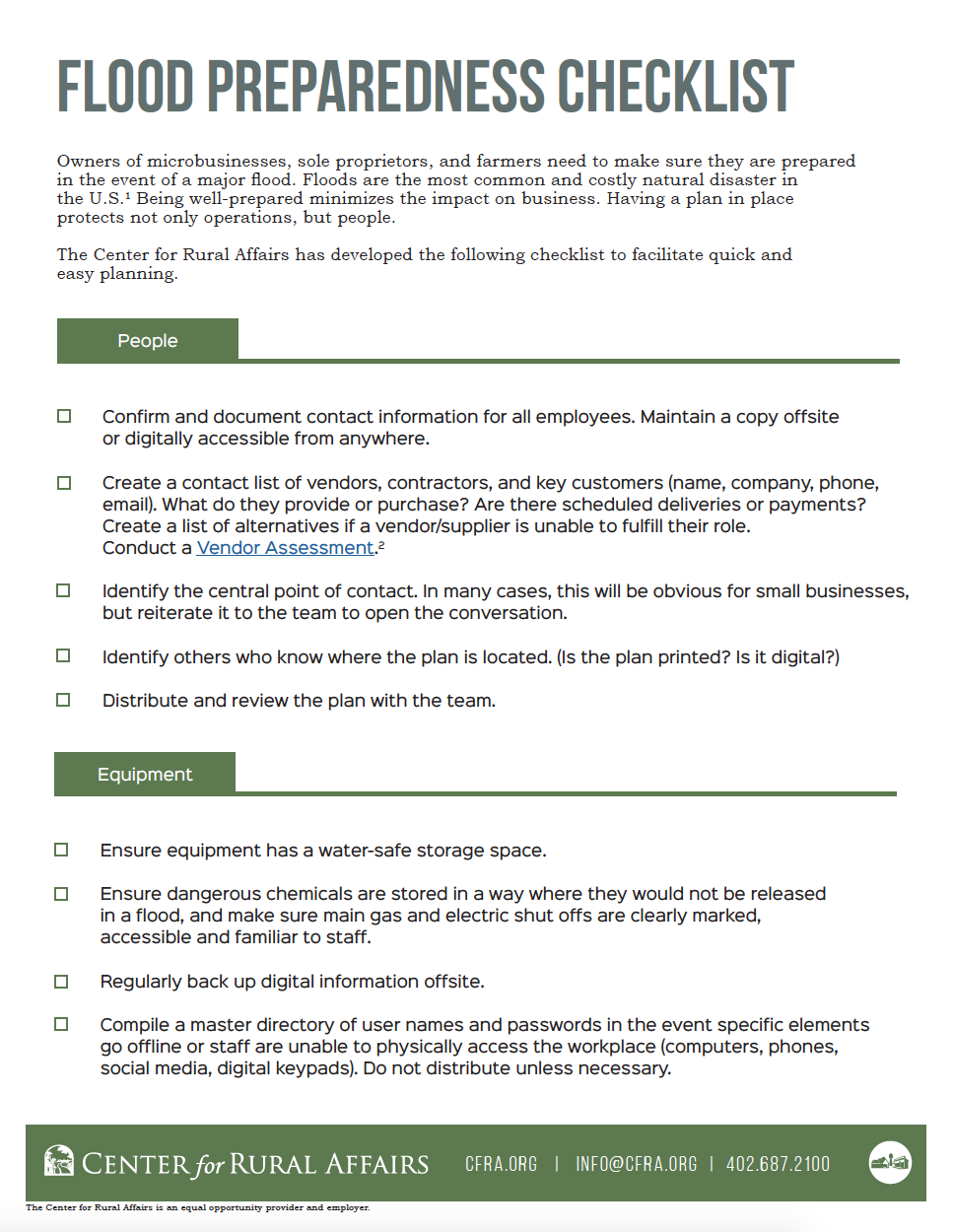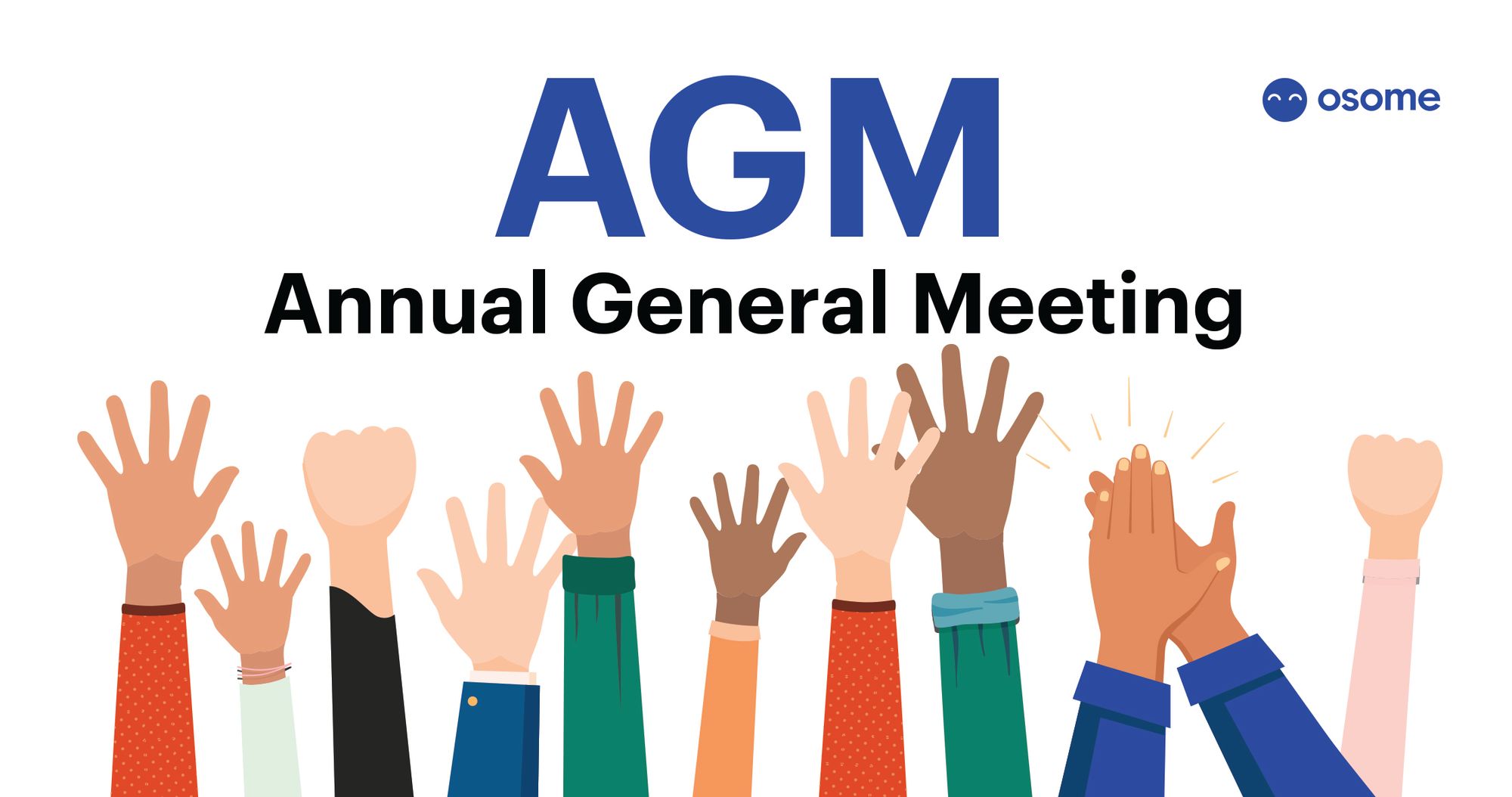Flood Alerts Explained: Your Guide To Flood Preparedness

Table of Contents
Types of Flood Alerts and What They Mean
Different levels of flood alerts indicate varying degrees of flood risk. Knowing the difference is vital for taking appropriate actions.
Flood Watches
A flood watch means that conditions are favorable for flooding to occur. This isn't a direct warning, but a heads-up that you should be prepared.
- Situations leading to a flood watch: Heavy rainfall, rapid snowmelt, dam or levee failure (potential).
- Actions to take during a flood watch:
- Assemble your emergency kit (see the section on creating a flood preparedness plan).
- Identify safe routes and evacuation options.
- Monitor weather reports closely.
- Begin moving valuable items to higher ground if possible.
Flood Warnings
A flood warning signifies that flooding is either imminent or already occurring in your area. Immediate action is required.
- Situations leading to a flood warning: Rivers overflowing, flash floods developing, significant rainfall exceeding capacity.
- Actions to take during a flood warning:
- Evacuate immediately if instructed by authorities.
- Move valuable possessions to upper floors or higher ground.
- Unplug electrical appliances to prevent electrocution.
- Avoid driving or walking through floodwaters.
Flood Advisories
A flood advisory indicates that minor flooding is possible or occurring. While less severe than a warning, it still requires caution.
- Situations leading to a flood advisory: Localized flooding in low-lying areas, minor river rises.
- Actions to take during a flood advisory:
- Monitor weather conditions and local news reports.
- Avoid driving or walking in areas prone to flooding.
- Be extra cautious near rivers, streams, and other bodies of water.
- Prepare for potential power outages.
How to Receive Flood Alerts
Staying informed is paramount. Utilize multiple methods to ensure you receive timely flood notifications.
Utilizing Weather Apps and Services
Several reliable sources provide crucial flood alerts.
- Weather apps: The National Weather Service (NWS) app, AccuWeather, The Weather Channel app offer detailed forecasts and alerts.
- Government websites: Check your local government's emergency management website for alerts specific to your area.
- Benefits of multiple sources: Using multiple sources ensures redundancy; one service might have outages or delays. Setting location preferences accurately in each app is crucial for receiving relevant alerts.
Signing up for Local Emergency Alerts
Registering for your local emergency alert system ensures you receive hyperlocal flood warnings and advisories.
- Benefits of hyperlocal alerts: These alerts provide precise information about your immediate surroundings, allowing for more targeted responses.
- How to sign up: Many areas use systems like Wireless Emergency Alerts (WEA), which automatically sends alerts to registered cell phones. Others use email or app-based notification systems. Check your local emergency management agency's website for registration details.
Creating a Flood Preparedness Plan
Proactive planning is essential for mitigating the impact of flooding.
Building an Emergency Kit
An emergency kit is your lifeline during a flood.
- Essential items: Water (one gallon per person per day for several days), non-perishable food, first-aid kit, medications, flashlight, radio, extra batteries, copies of important documents, cash, blankets, changes of clothes.
- Safe storage: Store your kit in a waterproof container, easily accessible and elevated.
- Family and pet considerations: Include pet food, water, and carriers in your kit. Designate a meeting point for family members in case of separation.
Developing an Evacuation Plan
Having a detailed evacuation plan can save precious time during a flood emergency.
- Multiple escape routes: Identify at least two evacuation routes, considering potential road closures.
- Meeting points: Establish clear meeting points both inside and outside your home.
- Mobility considerations: Account for individuals with mobility limitations, ensuring accessible routes and transportation options.
Protecting Your Property
Taking steps to floodproof your home minimizes potential damage.
- Floodproofing measures: Elevate electrical systems, use waterproof materials in basements, install sump pumps, seal cracks in foundations.
- Cost-effective measures: Cleaning gutters, grading your yard to improve drainage, and installing check valves are relatively inexpensive steps.
- Insurance: Consider flood insurance, even if you're not in a high-risk zone. Standard homeowner's insurance typically doesn't cover flood damage.
Conclusion: Staying Safe with Flood Alert Awareness
Understanding the different types of flood alerts – watches, warnings, and advisories – and knowing how to respond appropriately is critical for flood safety. Creating a comprehensive flood preparedness plan, including building an emergency kit and developing an evacuation plan, is vital. Remember to utilize multiple resources for receiving timely flood alerts, such as weather apps, government websites, and local emergency alert systems. Stay informed and prepared—understand flood alerts and take the necessary steps to protect yourself and your property. Create your flood preparedness plan today!

Featured Posts
-
 Philips Future Health Index 2025 Urgent Call To Action On Ai In Healthcare
May 25, 2025
Philips Future Health Index 2025 Urgent Call To Action On Ai In Healthcare
May 25, 2025 -
 Royal Philips 2025 Agm Agenda And Shareholder Participation
May 25, 2025
Royal Philips 2025 Agm Agenda And Shareholder Participation
May 25, 2025 -
 Kharkovschina Svadebniy Bum V Krasivuyu Datu 89 Novykh Semey
May 25, 2025
Kharkovschina Svadebniy Bum V Krasivuyu Datu 89 Novykh Semey
May 25, 2025 -
 The Kyle Walker Annie Kilner Story A Breakdown Of Recent Events
May 25, 2025
The Kyle Walker Annie Kilner Story A Breakdown Of Recent Events
May 25, 2025 -
 Top Gear Recommendations For Ferrari Drivers And Collectors
May 25, 2025
Top Gear Recommendations For Ferrari Drivers And Collectors
May 25, 2025
Latest Posts
-
 Swiatek Wins In Madrid De Minaurs Tournament Ends In Straight Sets
May 25, 2025
Swiatek Wins In Madrid De Minaurs Tournament Ends In Straight Sets
May 25, 2025 -
 Madrid Open Update De Minaurs Early Exit And Swiateks Dominant Win
May 25, 2025
Madrid Open Update De Minaurs Early Exit And Swiateks Dominant Win
May 25, 2025 -
 De Minaur Out Of Madrid Open After Straight Sets Loss Swiatek Triumphs Over Keys
May 25, 2025
De Minaur Out Of Madrid Open After Straight Sets Loss Swiatek Triumphs Over Keys
May 25, 2025 -
 Alex De Minaurs Madrid Open Exit Straight Sets Defeat And Swiateks Victory
May 25, 2025
Alex De Minaurs Madrid Open Exit Straight Sets Defeat And Swiateks Victory
May 25, 2025 -
 Grand Slam Debut Alex Eala Set For Paris
May 25, 2025
Grand Slam Debut Alex Eala Set For Paris
May 25, 2025
